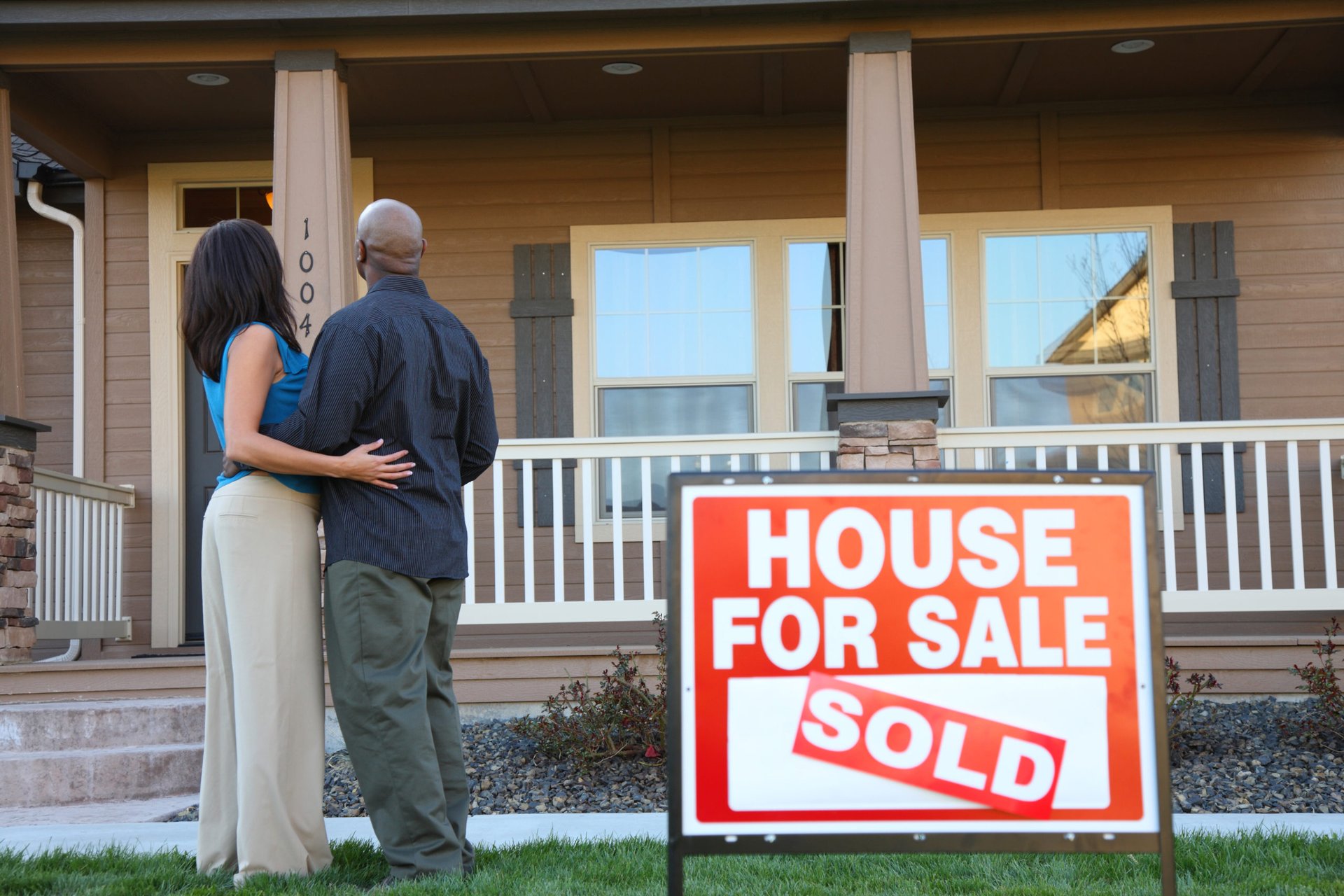
Extreme demand for homes is pushing home values up at a rate not seen since before the Great Recession, a new Zillow report finds.
Several trends — including new millennial homebuyers, record-low interest rates, trends related to the coronavirus pandemic and the relatively small pool of homes for sale — have converged to heat up the market. The hot sellers’ market is a contrast to flat growth in rental prices nationally, as we reported in “Rent Prices Have Dropped in These 9 Formerly Hot Markets.”
The Zillow Home Value Index rose 9.1% from January 2020 to January 2021, the report says. Year-over-year home value growth hasn’t been this high since June 2006.
That rate may even pick up a bit: Zillow economists expect values to rise 10.1% from January 2021 to January 2022.
The demand has shortened the length of time that homes stay on the market, to a median of just 18 days as of mid-January. Compare that to 46 days at the same time last year and the year before.
A demographic bomb is a factor in the hot market. Millennials — defined by Zillow as Americans ages 25-34 — are entering their peak homebuying years. The number of these millennials increased by 12% — or, about 4.9 million people — between 2010 and 2020.
The generation’s size adds to the housing demand. Also, younger buyers are less likely than older ones to sell a previous home when they buy, which is expected to help keep the pool of homes for sale tight.
Government-stoked low mortgage rates — averaging 2.74% for a fixed-rate 30-year mortgage in January — are driving demand as buyers try to seize the opportunity to either pay less for a home or buy a more expensive one than they otherwise could.
Says Zillow:
“An extraordinary number of home buyers, with budgets supercharged by rock-bottom mortgage interest rates, are competing over a limited supply of homes for sale.”
The pandemic is a final factor. Many workers are now clocking in virtually instead of at the office, driving some to seek larger homes and others to move to smaller, more-affordable markets, Zillow says.
While home values increased in all of the 50 largest metro areas in the U.S. from January 2020 to January 2021, some have seen steeper growth rates than others.
Here are the 22 major markets where home values grew 10% or more, along with their typical home price and their home price growth rate:
- Phoenix: $335,975 (up 17.1% from January 2020 to January 2021)
- San Jose, California: $1,314,799 (up 14.2%)
- Austin, Texas: $384,446 (up 13.7%)
- Salt Lake City: $436,390 (up 13.7%)
- San Diego: $689,361 (up 13.5%)
- Seattle: $594,223 (up 12.8%)
- Tampa, Florida: $257,499 (up 12.8%)
- Milwaukee: $219,381 (up 12.1%)
- Cincinnati: $208,352 (up 12%)
- Providence, Rhode Island: $357,761 (up 12%)
- Riverside, California: $433,226 (up 11.7%)
- Buffalo, New York: $193,583 (up 11.4%)
- Sacramento, California: $478,817 (up 11.3%)
- Indianapolis: $204,141 (up 11.3%)
- Memphis, Tennessee: $174,063 (up 11.3%)
- Cleveland: $176,069 (up 11.1%)
- Charlotte, North Carolina: $265,397 (up 10.9%)
- Columbus, Ohio: $234,276 (up 10.8%)
- Philadelphia: $277,775 (up 10.6%)
- Kansas City, Missouri: $227,059 (up 10.6%)
- Pittsburgh: $178,282 (up 10.4%)
- Detroit: $198,979 (up 10.3%)
If you’re in the market for a new home or refinancing for your existing home, check out the mortgage rate comparison tools in Money Talks News’ Solutions Center.





Add a Comment
Our Policy: We welcome relevant and respectful comments in order to foster healthy and informative discussions. All other comments may be removed. Comments with links are automatically held for moderation.